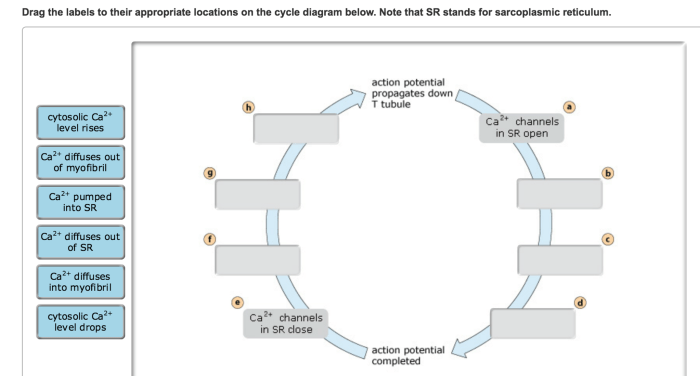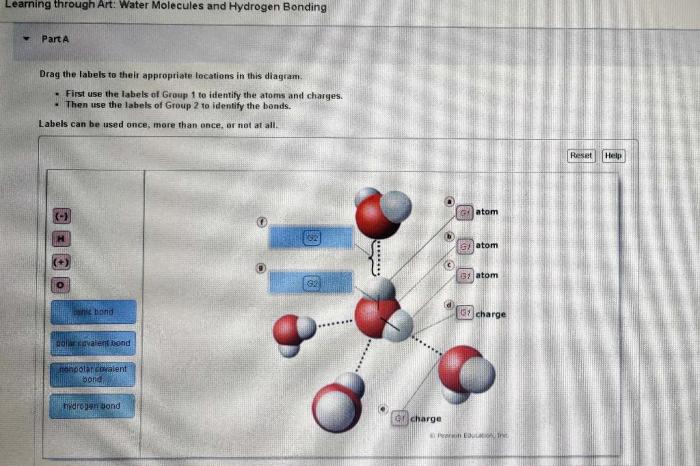Drag the labels to their appropriate locations in this diagram. This task requires a deep understanding of the diagram’s content and the ability to accurately match the labels to the corresponding elements. By completing this task, you will demonstrate your comprehension of the diagram and your ability to follow instructions precisely.
In this comprehensive guide, we will delve into the intricacies of label placement on diagrams, exploring various techniques, considerations, and best practices. We will also discuss advanced techniques that leverage artificial intelligence and machine learning to automate the process of label positioning, providing valuable insights into the cutting-edge developments in this field.
Drag-and-Drop Label Positioning for Diagrams

Drag-and-drop label positioning is a technique used to allow users to interactively place labels on diagrams. This technique is commonly used in a variety of applications, such as data visualization, network diagrams, and mind mapping. Drag-and-drop label positioning provides a user-friendly and intuitive way to create and edit diagrams.
Types of Labeling Methods

There are three main types of labeling methods used in drag-and-drop label positioning:
- Manual annotation:In this method, the user manually places each label on the diagram. This method is the most time-consuming, but it gives the user the most control over the placement of the labels.
- Semi-automatic annotation:In this method, the software automatically places the labels on the diagram, but the user can manually adjust the placement of the labels if necessary. This method is less time-consuming than manual annotation, but it gives the user less control over the placement of the labels.
- Fully automatic annotation:In this method, the software automatically places the labels on the diagram without any input from the user. This method is the fastest, but it gives the user the least control over the placement of the labels.
Considerations for Label Placement
When determining the optimal placement of labels on a diagram, several factors should be considered:
- Clarity:The labels should be placed in a way that makes them easy to read and understand.
- Conciseness:The labels should be as concise as possible while still conveying the necessary information.
- Visual aesthetics:The labels should be placed in a way that is visually appealing.
In addition to these factors, the following guidelines should be followed when placing labels on a diagram:
- The labels should be aligned with the corresponding elements on the diagram.
- The labels should be spaced evenly apart.
- The font size of the labels should be large enough to be easily read.
Techniques for Label Positioning
There are a variety of techniques that can be used to position labels on diagrams. These techniques include:
- Grid-based positioning:In this technique, the labels are placed on a grid. This technique is simple to implement, but it can be difficult to create visually appealing diagrams.
- Force-directed positioning:In this technique, the labels are placed on a force-directed graph. This technique can create visually appealing diagrams, but it can be computationally expensive.
- Tree-based positioning:In this technique, the labels are placed on a tree. This technique is simple to implement and can create visually appealing diagrams.
User Interface Considerations
When implementing drag-and-drop label positioning, several user interface considerations should be taken into account:
- Intuitive controls:The controls for drag-and-drop label positioning should be easy to use and understand.
- Visual feedback:The user should be provided with visual feedback when dragging and dropping labels.
- Error handling:The user should be able to easily correct any errors that occur when dragging and dropping labels.
Accessibility Considerations: Drag The Labels To Their Appropriate Locations In This Diagram

When implementing drag-and-drop label positioning, several accessibility considerations should be taken into account:
- Keyboard navigation:The user should be able to navigate the drag-and-drop label positioning interface using only the keyboard.
- Screen reader compatibility:The drag-and-drop label positioning interface should be compatible with screen readers.
- Color contrast:The colors used in the drag-and-drop label positioning interface should be high-contrast.
Advanced Techniques
There are a number of advanced techniques that can be used to improve the performance of drag-and-drop label positioning. These techniques include:
- Artificial intelligence:Artificial intelligence can be used to automatically place labels on diagrams. This technique can create visually appealing diagrams quickly and efficiently.
- Machine learning:Machine learning can be used to train a model to predict the optimal placement of labels on diagrams. This technique can create visually appealing diagrams that are tailored to the specific needs of the user.
FAQ Insights
What are the different types of labeling methods?
There are three main types of labeling methods: manual annotation, semi-automatic annotation, and fully automatic annotation. Manual annotation involves manually adding labels to a diagram, while semi-automatic annotation uses a combination of manual and automated techniques. Fully automatic annotation uses algorithms to automatically generate labels for a diagram.
What factors should be considered when determining the optimal placement of labels on a diagram?
The optimal placement of labels on a diagram should consider factors such as clarity, conciseness, and visual aesthetics. Labels should be placed in a way that is easy to read and understand, without cluttering the diagram or obscuring important information.
What are some techniques used to position labels on diagrams?
There are various techniques used to position labels on diagrams, including grid-based positioning, force-directed positioning, and tree-based positioning. Grid-based positioning arranges labels in a regular grid pattern, while force-directed positioning uses algorithms to simulate the forces acting on labels and position them accordingly.
Tree-based positioning arranges labels in a hierarchical structure, similar to a tree diagram.